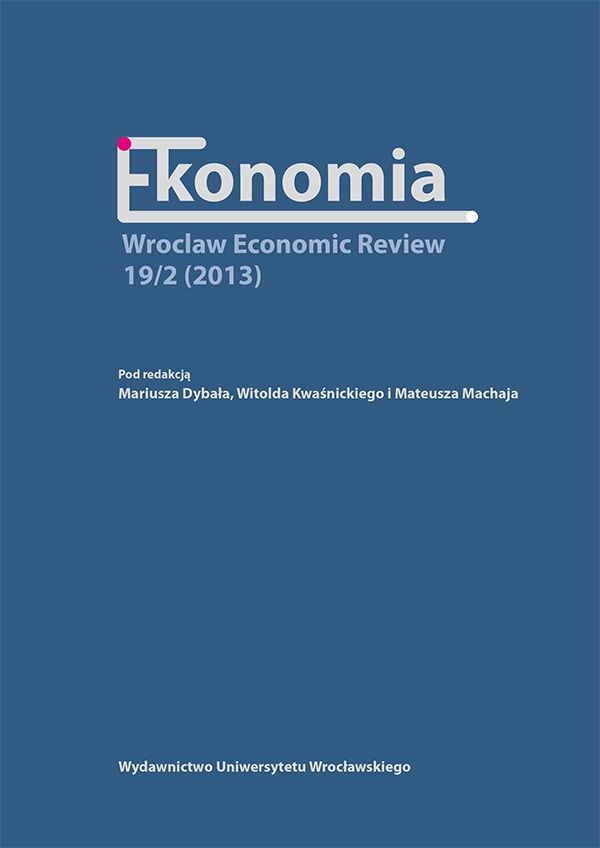

Artykuły

Changes in the international financial reporting standards regarding financial instruments as an answer to the financial crisis
IAS 39 contains several requirements for the presentation of information regarding financial instruments.
The regulations were complex and difficult to implement, and at the same time they did not emphasise the need to disclose the risk associated with financial instruments. The next standard, IFRS 7, includes not only the requirement to disclose credit risk, liquidity risk and market risk, but also the requirement to disclose the significance of financial instruments for the entity’s financial position and performance, the nature and scope of risks resulting from financial instruments as well as how those risks are managed. The standard preceded the crisis and became an initial solution in reducing it.
The amendments to the IFRS 7 from 2009 were to ensure reliable valuation of financial instruments at fair value. From that moment on, the lowest level information determines the valuation of the instrument. If the data is unobservable, then the instrument is categorised in the lowest level.
The new IFRS 9 introduced several simplifications. The requirement to separate embedded derivatives from the basic financial instrument as well as the requirement to reclassify the instrument if the business model has not changed were both abandoned. The necessity for disclosure and evaluation of the risk associated with financial instruments as well as for the presentation of the ways this risk is managed remained. The hierarchy of valuation at fair value was also not changed.
All these activities are to help overcome the financial crisis as well as limit the possibility of such crises occuring in the future.